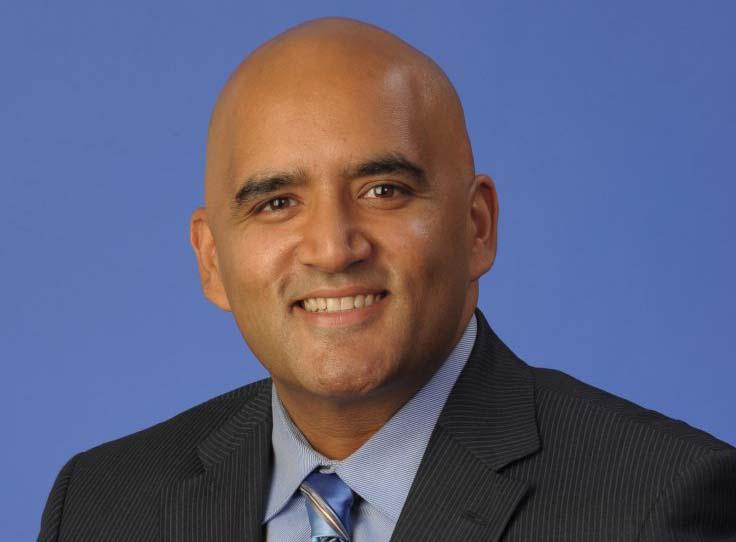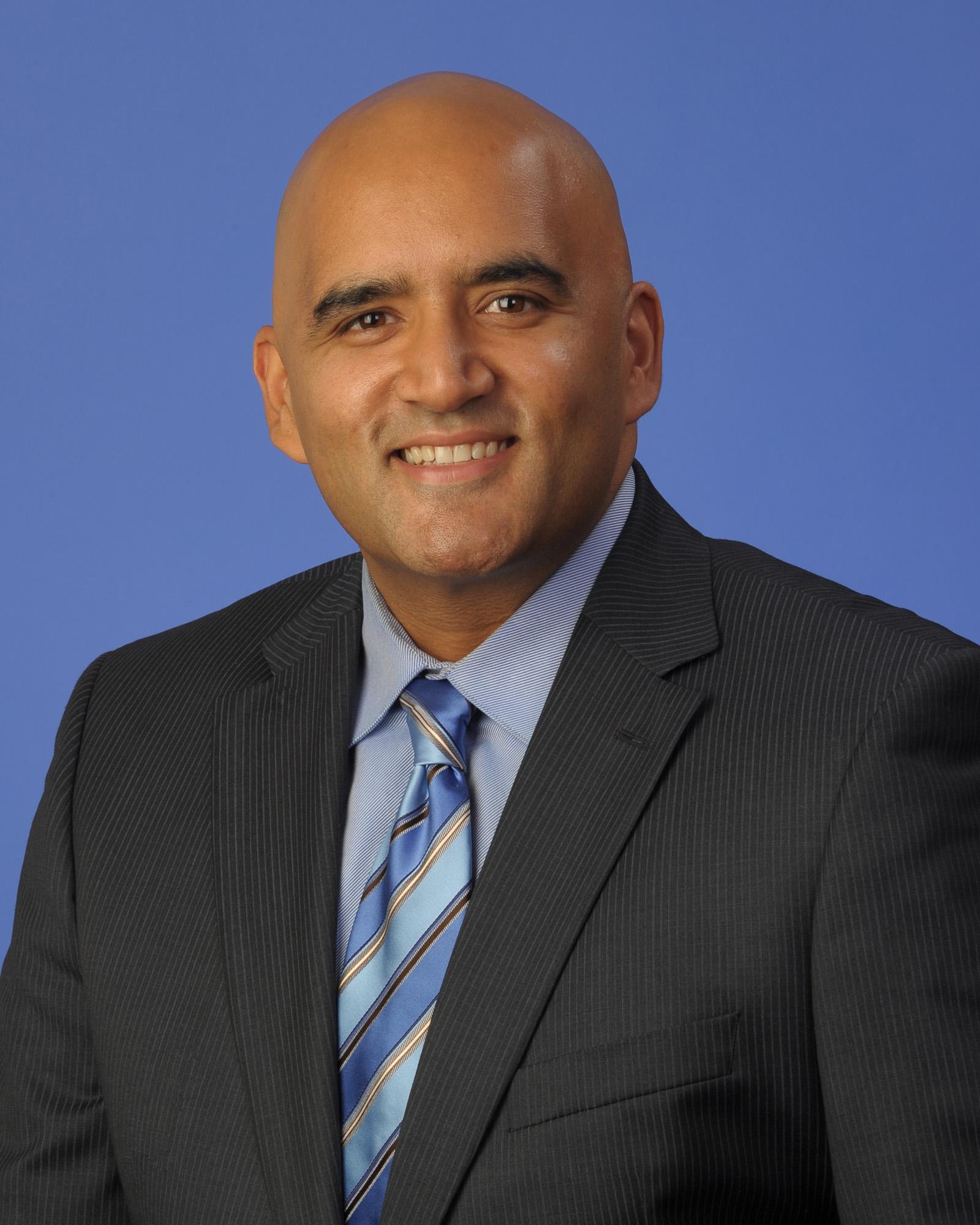

Shailen Bhatt has been behind the wheel of the Colorado Department of Transportation for six months now. And he says that, with no new revenue sources on the horizon for the department, drivers should expect to see more toll lanes.
Bhatt's also contending with the state's rail system and issues to come, including the era of driverless cars.
Before joining CDOT, Bhatt was cabinet secretary for the transportation department in Delaware, where he managed day to day operations, project construction, and other sections. At CDOT, he oversees a budget in excess of $1 billion.
Bhatt joined Colorado Matters host Ryan Warner.
More:
On how the state's new normal will be toll lanes:
"If you have a commodity that is not priced then people are going to use it indiscriminately and that is our challenge when you have traffic because too many cars are in too little roadway. And so adding more roadway invites more cars. [...]
In the absence of any other revenue increases that seem hard to come by, then we have to price the capacity that we're adding. [...]
I want to be very clear, I hate paying toll. I don't like to pay toll. But where I came from on the East Coast, the roads are tolls. There are actual toll roads to get on the facility [road], you have to pay a toll. Here we're giving people a choice: You can either not pay a toll and pay with your time or you can use the lane. "
On driverless cars and the future of transportation:
"I think the first thing that comes are connected vehicles talking to other vehicles -- vehicles talking to infrastructure. There are cars right now that will not crash, will not allow driver input to allow them to crash. [...] They are [expensive] but remember, people are going to want to demand these features, just like anti-lock brakes or airbags. They started out as high-end features but very quickly got market penetration. [...]
I think that people have this vision of connected vehicles and driverless vehicles in the next 20 years in the future and I would say it's in the next five to ten years. That is scary and very encouraging all at the same time. Scary because there are huge security issues around data and we've been talking about data breeches and things like that.
But if you think about it, you can move about [...] 2,000 cars per lane per hour in conventional lanes. But if vehicles are talking to other vehicles and it's not drivers having to adjust for things, you could dramatically increase that."








